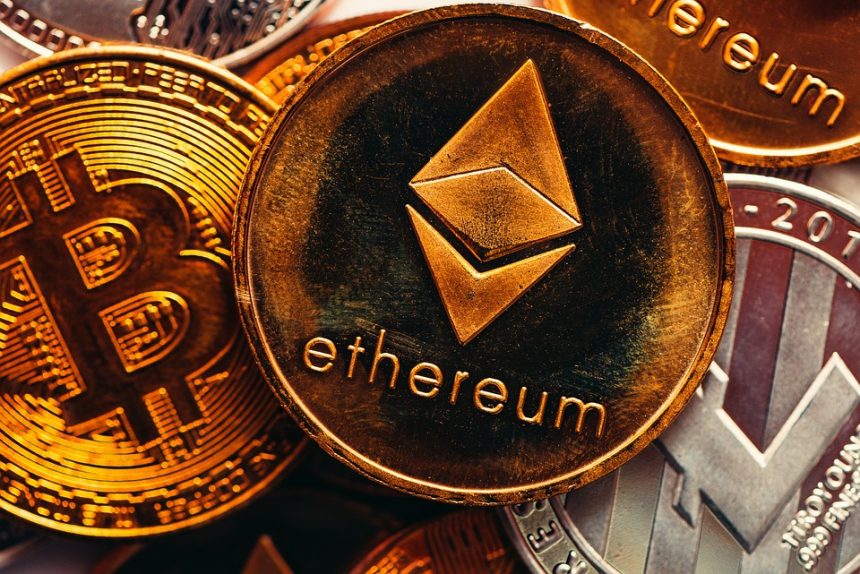The rapid rise of cryptocurrency has fundamentally transformed the financial landscape over the past decade. Central to this transformation has been the development of cryptocurrency exchanges—platforms that facilitate the buying, selling, and trading of digital assets. From their inception as simple Bitcoin brokers to today’s expansive multi-asset platforms, crypto exchanges have undergone a remarkable evolution, incorporating an array of functionalities that cater to a diverse range of users.
The Early Days: Simple Bitcoin Brokers
The genesis of crypto exchanges can be traced back to the launch of Bitcoin in 2009. The first platforms, such as Bitcoin Market and Mt. Gox, appeared to allow users to trade Bitcoin for fiat currency. These exchanges were primitive by today’s standards, often facing issues related to security, transaction speed, and user experience. They primarily served a niche market of tech-savvy early adopters, with Bitcoin’s value soaring as public interest began to swell.
In these early days, exchanges acted primarily as brokers, providing a straightforward service: users could deposit fiat money, trade it for Bitcoin, and withdraw the cryptocurrency to personal wallets. However, the limitations of these platforms soon became evident, as issues such as hacking incidents and liquidity problems led to the downfall of some early exchanges. Nevertheless, they laid the groundwork for more sophisticated platforms to emerge.
The Advent of Altcoins and Advanced Trading Features
As the cryptocurrency landscape expanded, new digital assets emerged, commonly known as altcoins. The introduction of Ethereum in 2015 marked a pivotal moment in this evolution, as it unveiled smart contract functionality that would allow for a wide range of decentralized applications (dApps). This prompted traditional Bitcoin-focused exchanges to adapt by offering support for additional cryptocurrencies.
Exchanges began to integrate advanced trading features such as limit and stop orders, charting tools, and margin trading, appealing to a broader range of traders, including institutional investors. Platforms like Binance and Coinbase Pro emerged, providing a more robust trading environment with higher liquidity and security. These exchanges engaged in fierce competition, continuously introducing new features and coins to attract users.
Rise of Decentralized Exchanges (DEXs)
The next stage in the evolution of crypto exchanges saw the emergence of decentralized exchanges (DEXs). Fueled by the growing belief in the principles of decentralization and user autonomy, platforms like Uniswap, SushiSwap, and PancakeSwap allowed users to trade directly, facilitating peer-to-peer transactions without an intermediary. This development empowered users to maintain control over their funds and engage in liquidity provision through automated market maker (AMM) models.
DEXs addressed some of the significant drawbacks associated with centralized exchanges, such as hacking risks and regulatory pressures. Moreover, they often provided better privacy by allowing users to trade without exhaustive Know Your Customer (KYC) requirements. However, DEXs also faced challenges, including the complexities of using smart contracts and issues related to trading speed and inefficiencies during high volatility.
Multi-Asset Platforms and the Push for Regulation
As the cryptocurrency market matured, the need for comprehensive solutions became apparent. Exchanges like Kraken, Bitfinex, and FTX began positioning themselves as multi-asset platforms, offering users access to a variety of financial instruments beyond cryptocurrencies, including futures, options, and other derivatives. This shift showcased a desire to cater to institutional clients while also introducing retail users to diverse trading opportunities.
Simultaneously, global regulatory scrutiny intensified, leading to the implementation of stricter compliance measures among crypto exchanges. The need for regulated platforms to ensure user safety and trust has prompted many exchanges to adopt robust security practices, including insurance against hacks, cold storage for user funds, and enhanced KYC procedures.
The Future: An Integrated Financial Ecosystem
Looking ahead, the evolution of crypto exchanges appears poised to continue at an accelerated pace. We are witnessing the emergence of integrated financial ecosystems that incorporate traditional financial services alongside cryptocurrencies. This includes innovations such as yield farming, lending and borrowing services, non-fungible tokens (NFTs), and even asset tokenization.
Moreover, the desire for user experience enhancement drives the market toward greater adoption of user-friendly interfaces and educational resources to attract newcomers. With the integration of artificial intelligence and machine learning, exchanges are also poised to offer more personalized trading experiences, enhancing risk management and investment strategies.
In conclusion, the evolution of crypto exchanges—from simple brokers to sophisticated multi-asset platforms—reflects the dynamic nature of the cryptocurrency ecosystem itself. As the industry continues to evolve, exchanges will likely play a pivotal role in shaping the future of decentralized finance, serving as the bridges that connect traditional finance with the digital asset revolution. The journey is far from over, and the next chapters promise to be as transformative as the last.






